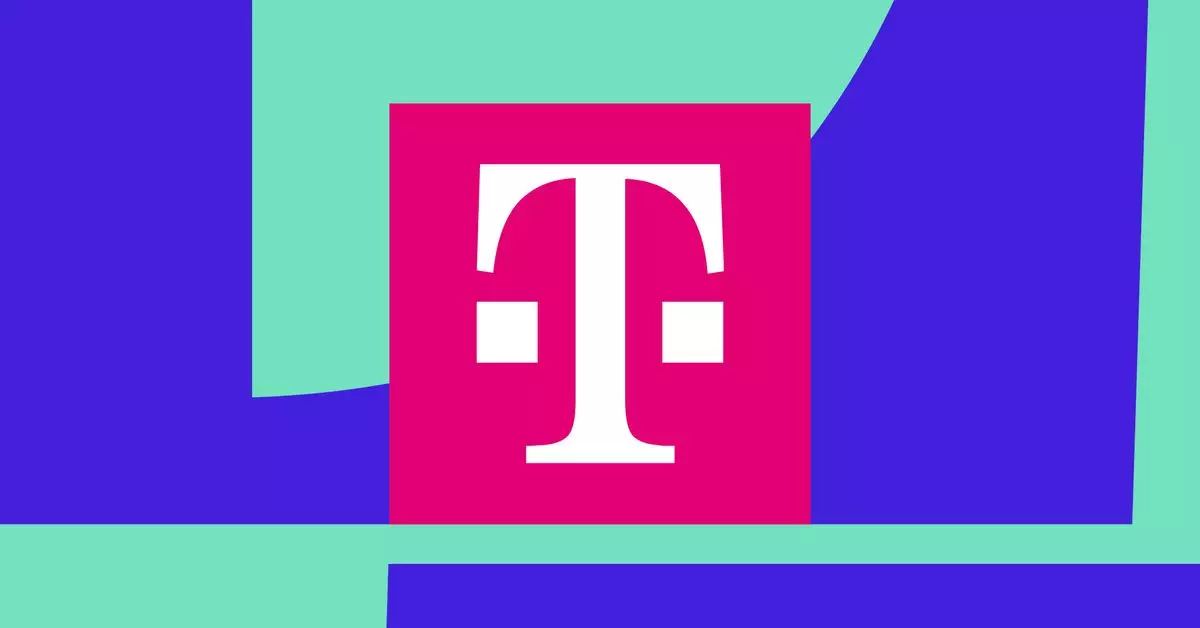In a notable advancement for emergency response communications, SpaceX has partnered with T-Mobile to enable SMS texting via Starlink satellites for customers affected by Hurricane Helene and Hurricane Milton. This initiative marks a significant step in leveraging satellite technology to support communication in disaster-stricken areas, where traditional cellular networks can often become overwhelmed or entirely disabled during extreme weather events.
The ability to send and receive text messages despite the ravages of a hurricane is a game-changer for those in impacted regions. According to SpaceX, users in these areas can now connect their T-Mobile phones to Starlink satellites, allowing them to maintain vital contact with loved ones, emergency services, and receive critical alerts. This newly enabled feature, which has reportedly been operational, demonstrates how satellite technology can serve as a robust communication platform when conventional methods fail.
The collaborative effort between T-Mobile and SpaceX exemplifies the potential for innovative solutions to complex challenges inherent to natural disasters. By granting temporary approval from the Federal Communications Commission (FCC), this initiative has the opportunity to save lives and provide peace of mind during tumultuous times.
While the service offers a lifeline of connectivity, users must be aware of its operational parameters. SpaceX states that when connecting to a Starlink satellite, T-Mobile users can expect to see limited service—specifically, 1 to 2 bars—designating them as connected to the “T-Mobile SpaceX” network. This may not provide the reliability that users are accustomed to under normal circumstances, and there could be a necessity to retry messages if initial attempts fail.
The recommendation to utilize this service primarily outdoors, or near windows when indoors, further emphasizes its limitations. Such conditions could affect the user experience, illustrating the ongoing challenges in achieving seamless connectivity in adverse weather conditions.
The successful deployment of this texting service underscores the broader implications of satellite technology in crisis management. Natural disasters, like hurricanes, underscore the vulnerability of existing infrastructure; hence, the integration of satellite systems offers a viable alternative for ensuring communication. The use of space technology for emergencies could reshape how communities respond to disasters, pivoting from reactionary measures to proactive strategies in safeguarding lives.
Furthermore, this initiative may spark discussions around expanding similar services beyond T-Mobile and SpaceX. As the global landscape becomes increasingly susceptible to extreme weather, exploring partnerships between tech companies and telecommunications service providers could pave the way for a more resilient communication framework, vital for effectively managing future crises.
SpaceX’s collaboration with T-Mobile represents a significant stride in emergency communication methods, highlighting both the potential of modern technology to provide support in dire situations and the necessity for ongoing innovation in disaster preparedness.

